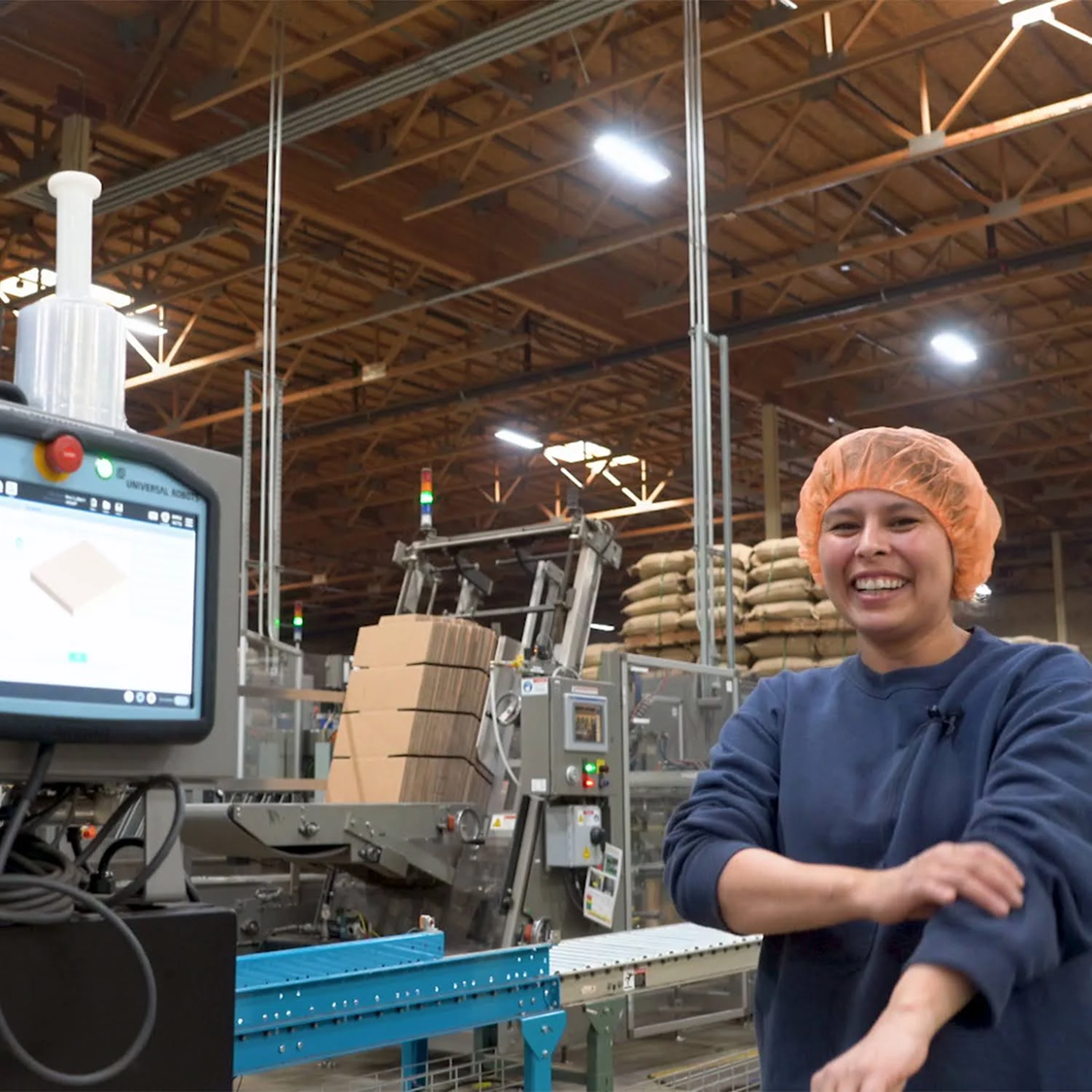Electronic microchips are at the heart of the modern world. They’re found in our laptops, our smartphones, our cars and our household appliances. For years, manufacturers have been making them more powerful and efficient, which increases the performance of our electronic devices.
But that trend is now faltering because of the increased cost and complexity of manufacturing chips, as well as performance limits set by the laws of physics. This is happening just as there’s a need for increased computing power because of the boom in artificial intelligence (AI).
An alternative to the electronic microchips we currently use are photonic chips. These use light instead of electricity to achieve higher performance. However, photonic chips have not yet taken off due to a number of hurdles. Now, two papers published in Nature address some of these roadblocks, offering essential stepping stones to achieving the computing power required by complex artificial intelligence systems.
By using light (photons) instead of electricity (electrons) for the transport and processing of information, photonic computing promises higher speeds and greater bandwidths with greater efficiency. This is because it does not suffer from the loss of electrical current due to a phenomenon known as resistance, as well as unwanted heat loss from electrical components.
Photonic computing is also particularly suited for performing what are known as matrix multiplications – mathematical operations that are fundamental to AI.
Those are some of the benefits. The challenges, however, are not trivial. In the past, the performance of photonic chips has generally been studied in isolation. But because of the dominance of electronics in modern technology, photonic hardware will need to be integrated with those electronic systems.
However, converting photons into electrical signals can slow down processing times since light operates at higher speeds. Photonic computing is also based around analogue operations rather than digital ones. This can reduce precision and limit the type of computing tasks that can be carried out.
It’s also difficult to scale them up from small prototypes because large-scale photonic circuits cannot currently be fabricated with sufficient accuracy. Photonic computing will require its own software and algorithms, compounding the challenges of integration and compatibility with other technology.
IM Imagery / Shutterstock
The two new papers in Nature address many of these hurdles. Bo Peng, from Singapore-based company Lightelligence, and colleagues demonstrate a new type of processor for photonic computing called a Photonic Arithmetic Computing Engine (Pace). This processor has a low latency, which means that there is a minimal delay between an input or command and the corresponding response or action by the computer.
The large-scale Pace processor, which has more than 16,000 photonic components, can solve difficult computing tasks, demonstrating the feasibility of the system for real world applications. The processor shows how integration of photonic and electronic hardware, accuracy, and the need for different software and algorithms can be resolved. It also demonstrates that the technology can be scaled up.
This marks a significant development, despite some speed limitations of the current hardware.
In a separate paper, Nicholas Harris, from California-based company Lightmatter, and colleagues describe a photonic processor that was able to run two AI systems with accuracy similar to those of conventional electronic processors. The authors demonstrated the effectiveness of their photonic processor through generating Shakespeare-like text, accurately classifying movie reviews and playing classic Atari computer games such as Pac-Man.
The platform is also potentially scalable, though in this case limitations of the materials and engineering used curtailed one measure of the processor’s speed and its overall computational capabilities.
Both teams suggest that their photonic systems can be part of scalable next generation hardware that can support the use of AI. This would finally make photonics viable, though further refinements will be needed. These will involve the use of more effective materials or designs.

The post “Next generation computer chips could process data at the speed of light – new research” by Demosthenes Koutsogeorgis, Associate Professor of Photonic Technologies, School of Science & Technology, Nottingham Trent University was published on 04/09/2025 by theconversation.com


























